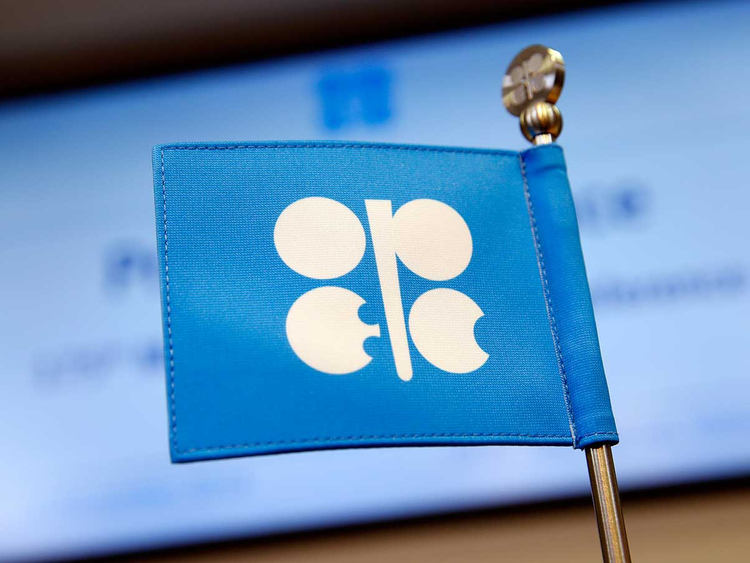Riyadh – Mubasher: The Saudi Arabian Oil Company (Saudi Aramco) has raised feedstock prices in October, a move which impact is likely to be seen in the fourth quarter (Q4), according to a recent report by Al Jazira Capital.
A change in margins during Q4-19 is expected amidst a decline in the prices for basic and end products in October, while the prices of naphtha, propane, and butane continued to rise, according to Al Jazira Capital’s monthly report on the petrochemicals sector.
Moreover, trade tensions are keeping oil prices directionless, the report noted.
“Oil prices recovered after a dip in the initial week of October on expectations of more aggressive action from the Federal Reserve. Further in the month, prices started to decline on diminished excitement surrounding the partial trade agreement between the US and China. However, prices spiked in the third week of October on reduced concerns surrounding both Brexit and the US-China trade war. Eventually, oil prices closed nearly flat at the end of October as trade war hopes fade and markets await the API’s crude inventory report,” it further explained.
The “Oil & Petrochemicals Monthly” report for November also noted that the Energy Information Administration (EIA) raised US crude production estimates in its latest energy outlook, forecasting an average production of 12.3 million barrels per day (b/d) in 2019 and 13.2 million b/d 2020.

Oil prices remain supported by signs of a trade agreement, as well as hints from the Organization of the Petroleum Exporting Countries (OPEC) regarding increasing output cuts.
Meanwhile, OPEC’s production increased in October to 29.65 million b/d, while inventories declined in developed countries.
Non-OPEC supplies growth are forecast to reach a level of 1.82 million b/d, as per OPEC’s monthly estimates, which remained unchanged.
The International Energy Agency’s (IEA) Oil Market Report, published on 15 November, noted that global demand growth forecasts for 2019 and 2020 are unchanged, at 1 million b/d and 1.2 million b/d, respectively.
Global demand increased during Q3-19 by 1.1 million b/d year-on-year (YoY), more than double the 435,000 b/d registered in Q2-19.
It is worth noting that the biggest contributor to global growth was the increase in Chinese oil demand by 640,000 b/d in Q319.
Furthermore, global oil supply rose by 1.5 million b/d in October, as Saudi Arabian production returned to its normal levels, with both Norway and Canada increasing outputs, alongside the US.
However, sluggish refining activity during the first nine months of the year has contributed to a decline in demand by 300,000 b/d.
Nonetheless, crude oil demand is expected to decrease for the first time since 2009, by only 90,000 b/d, according to the IEA.



